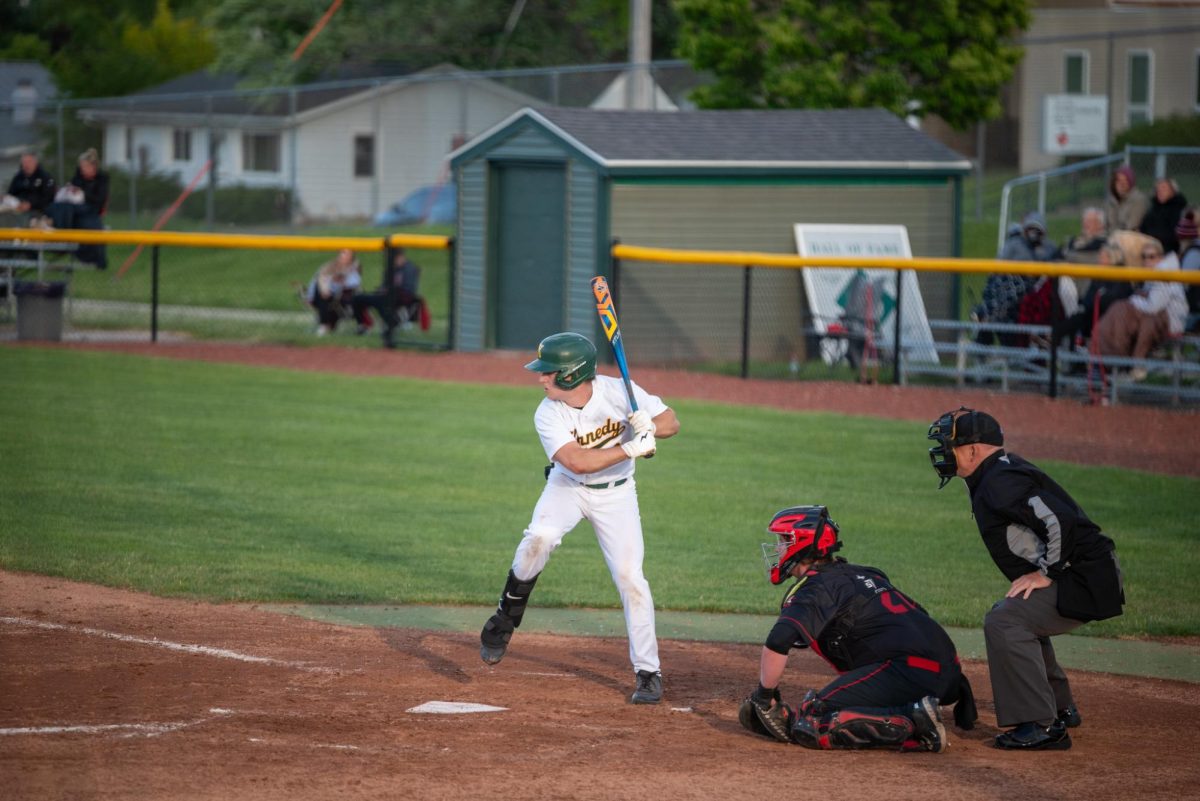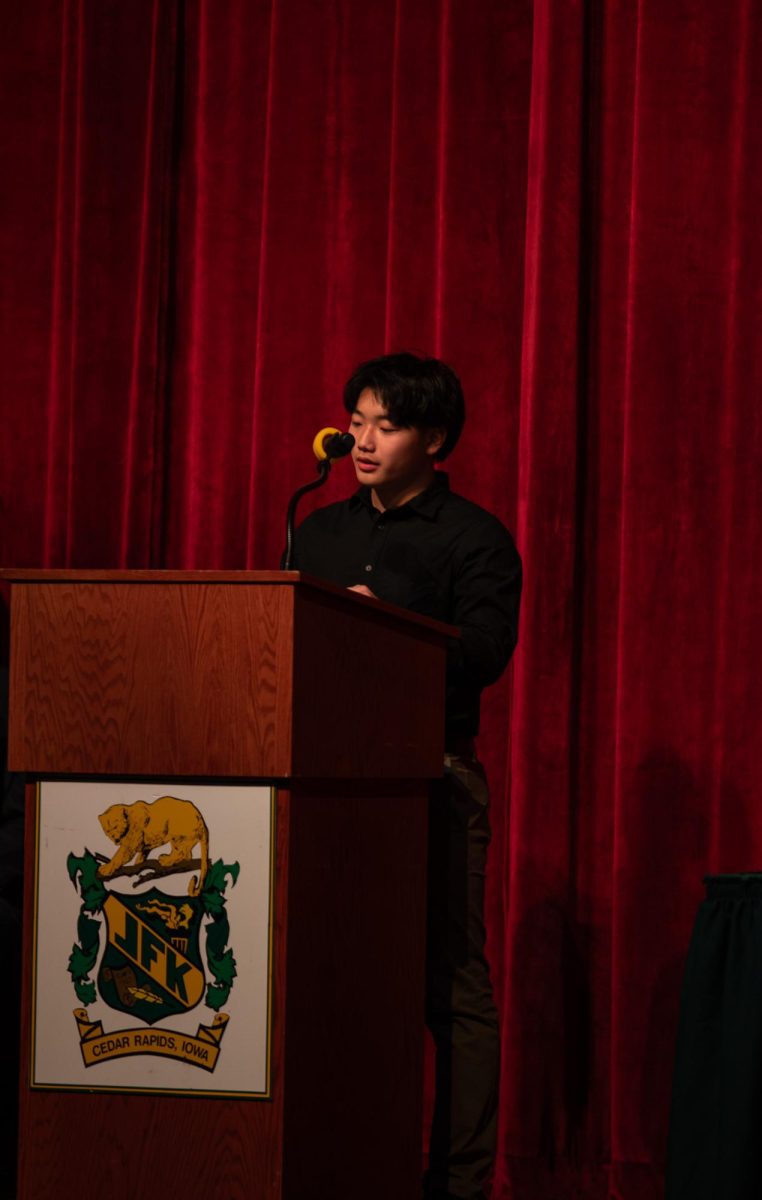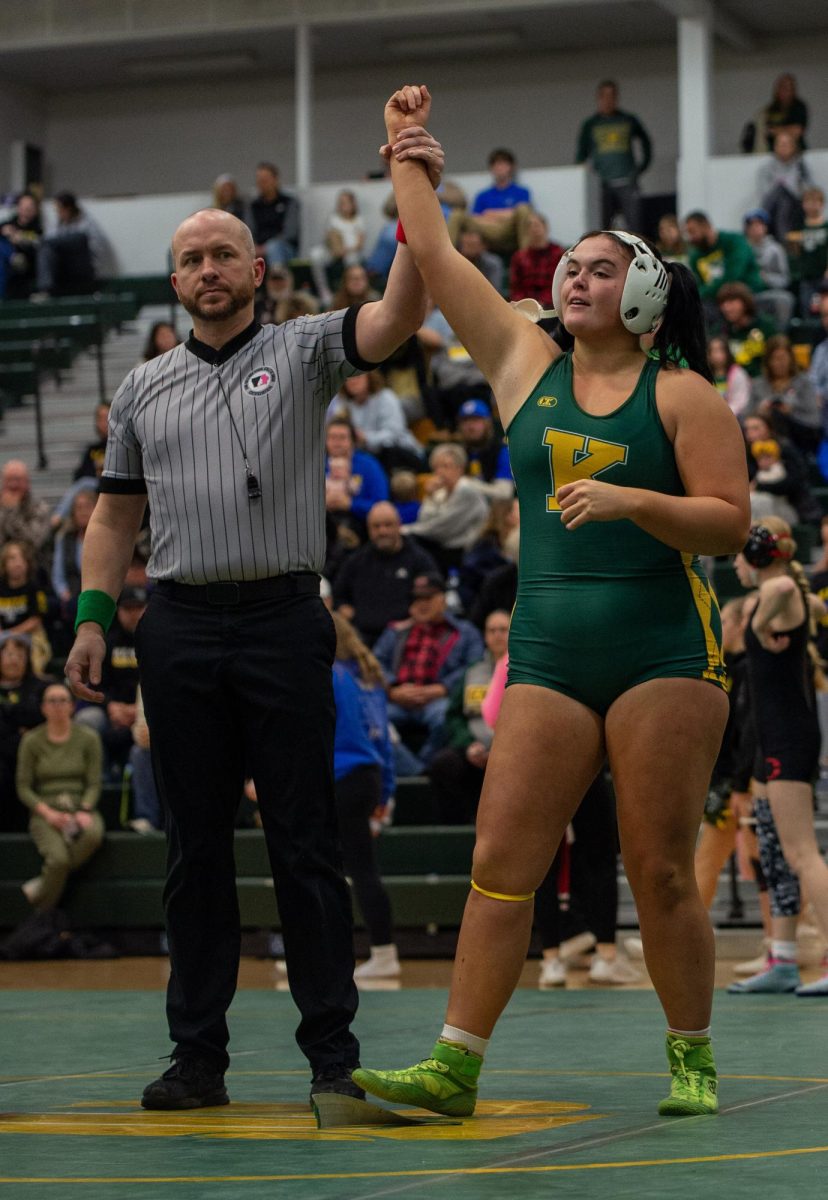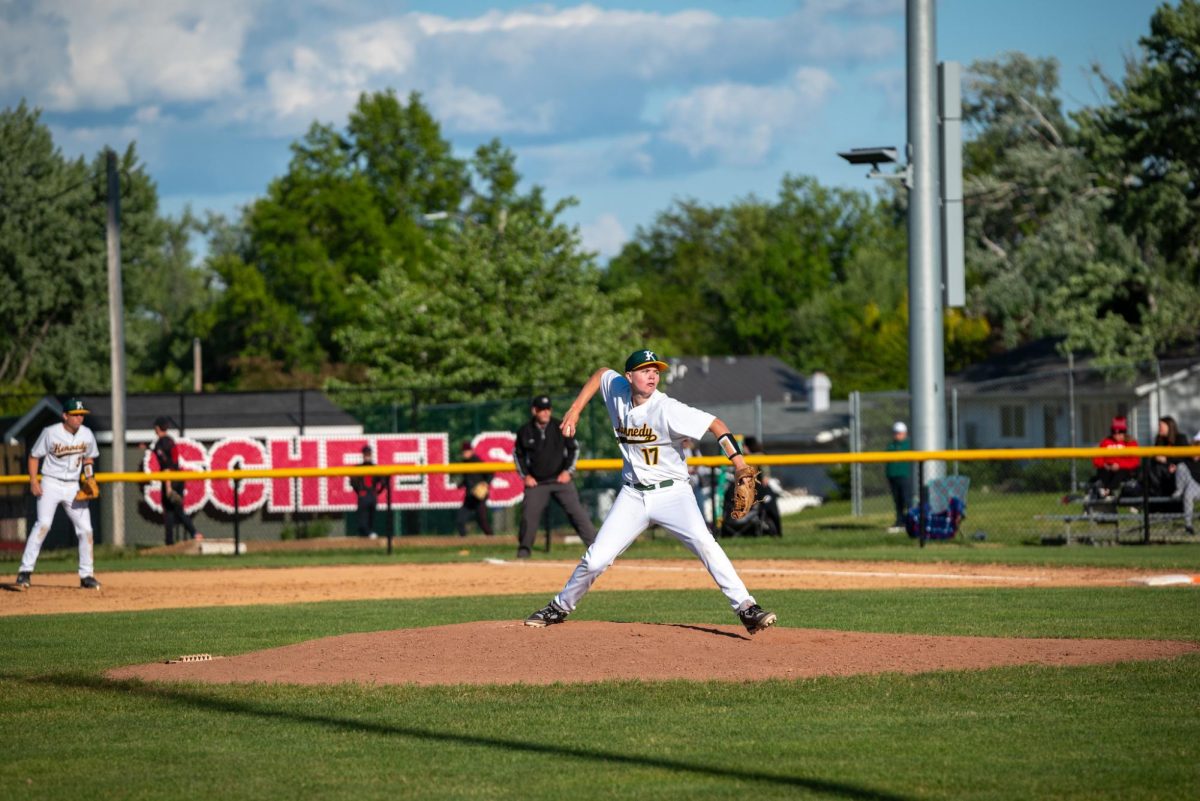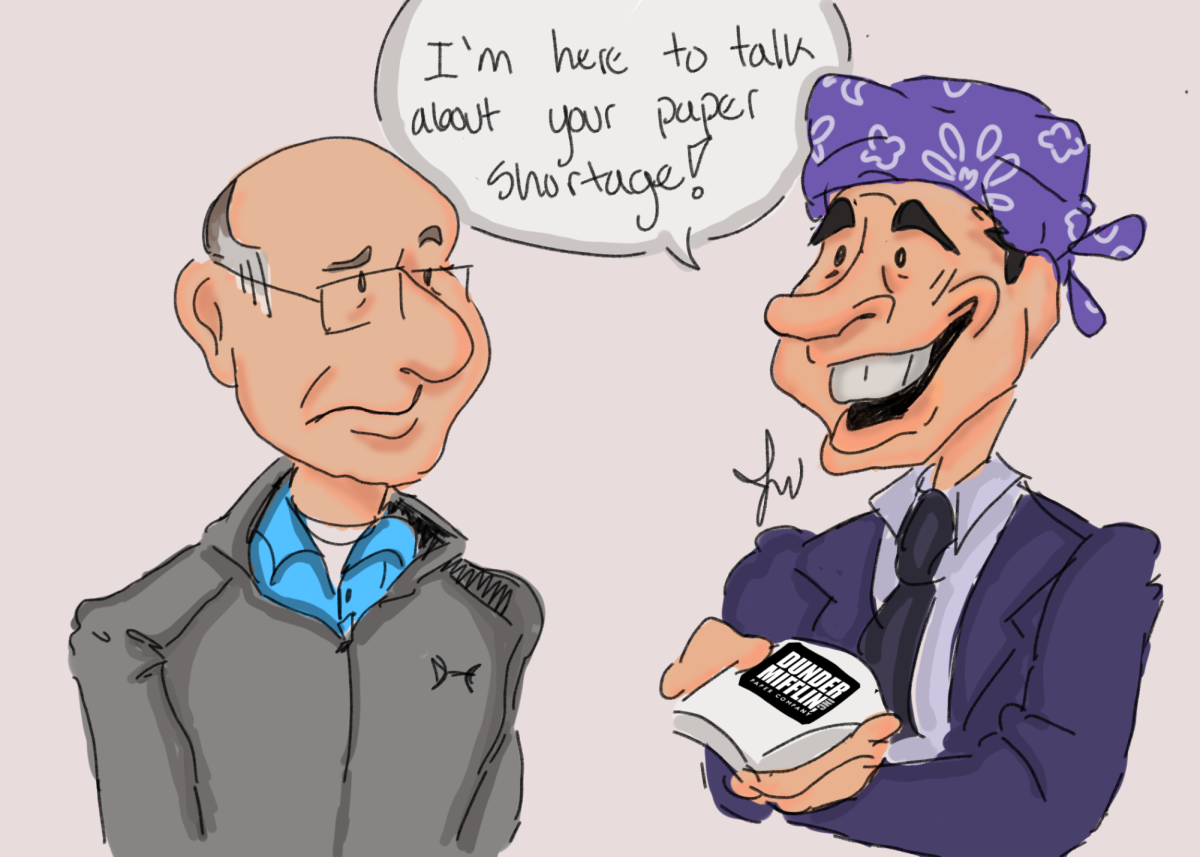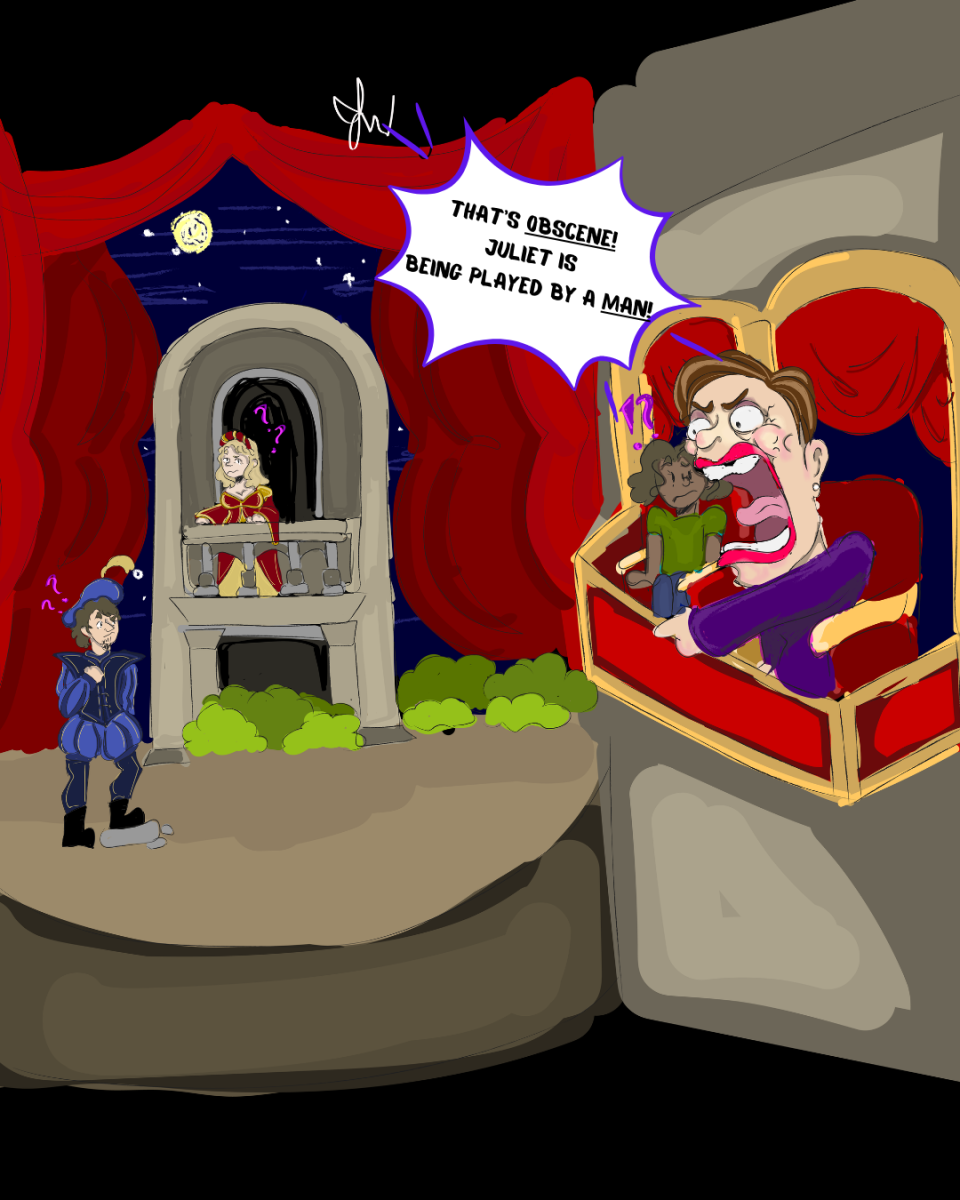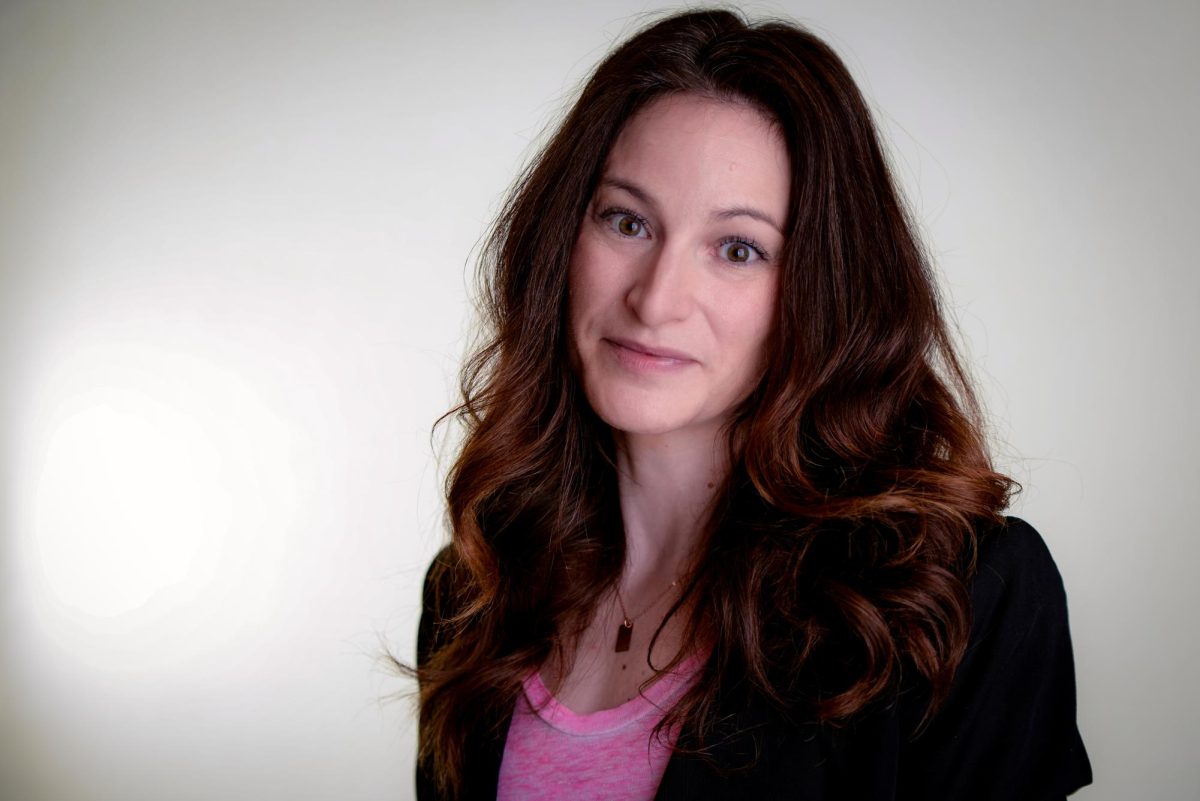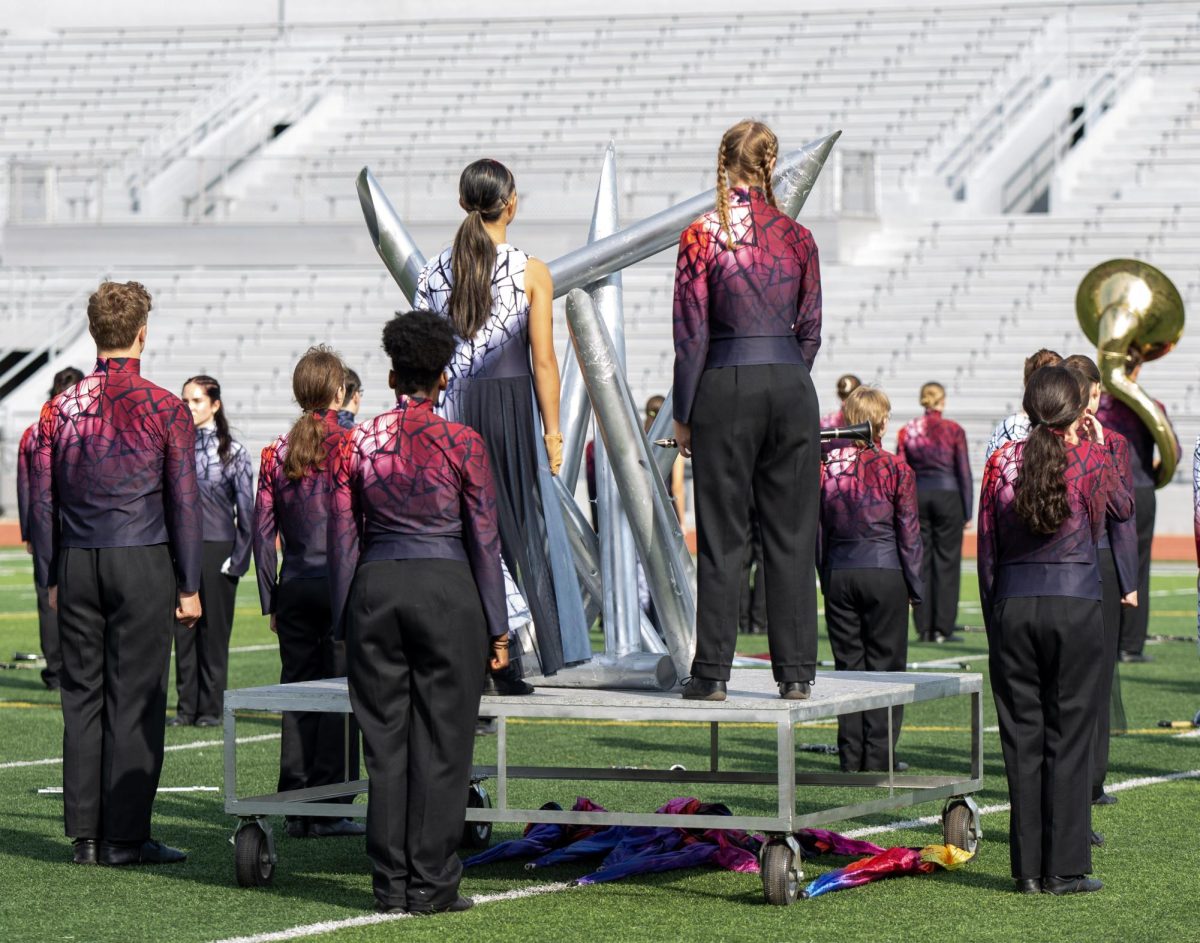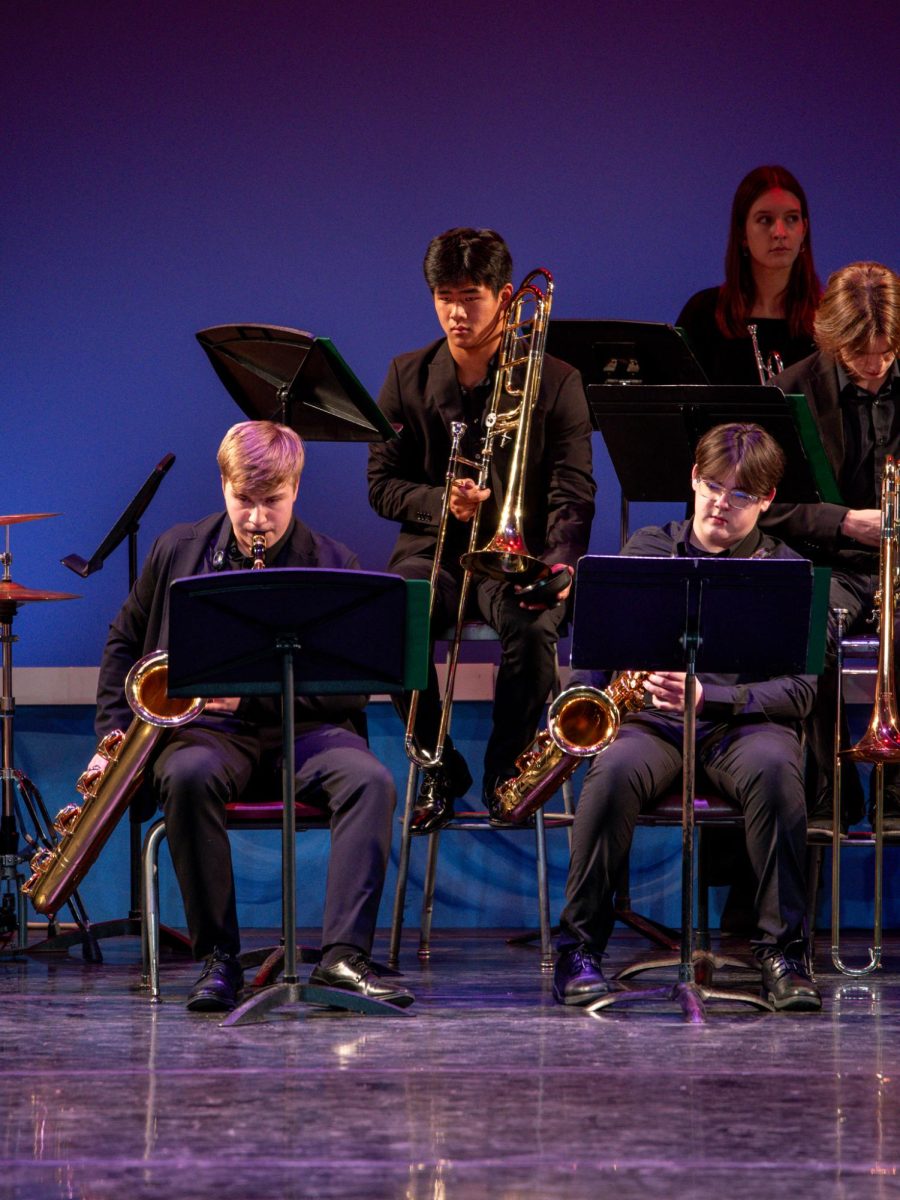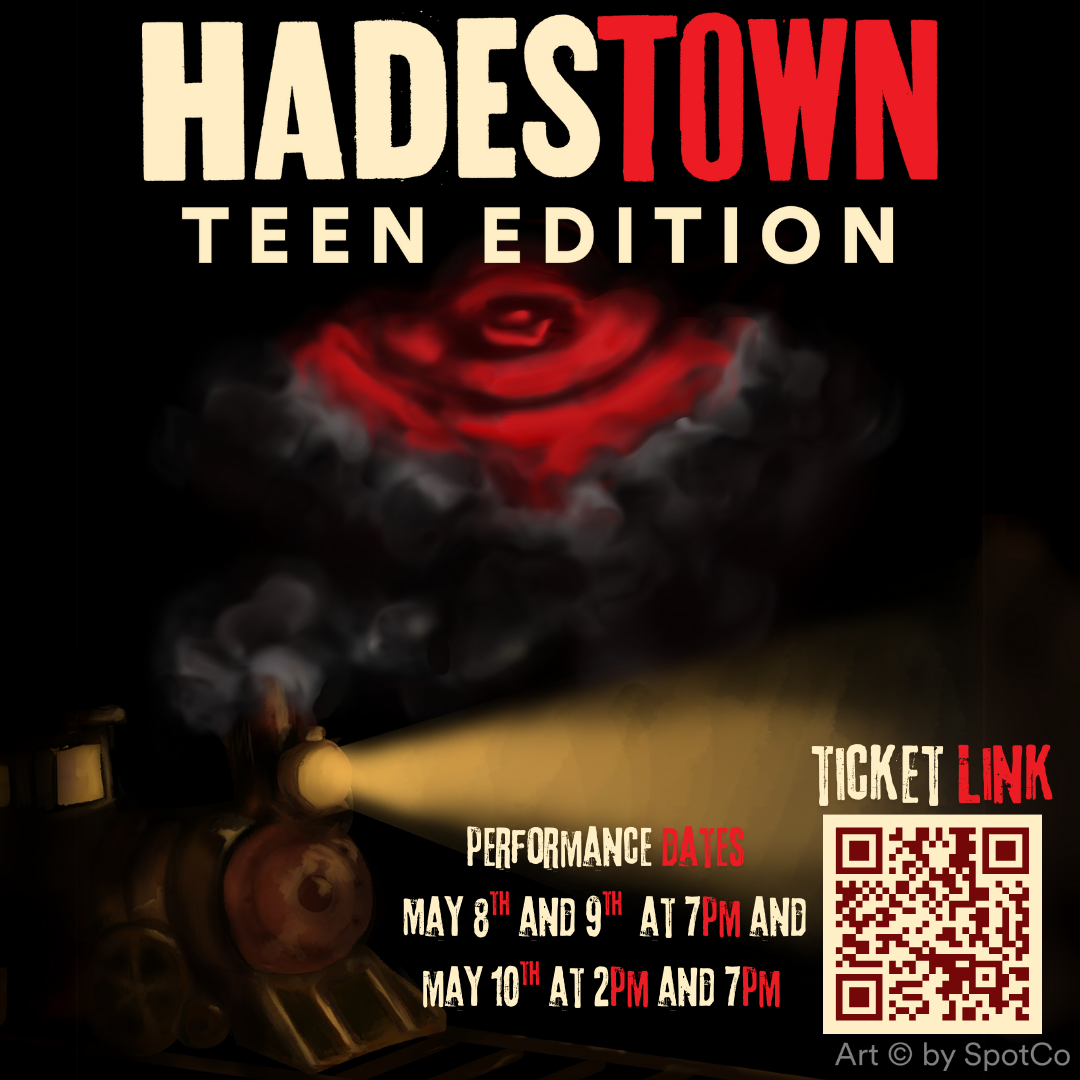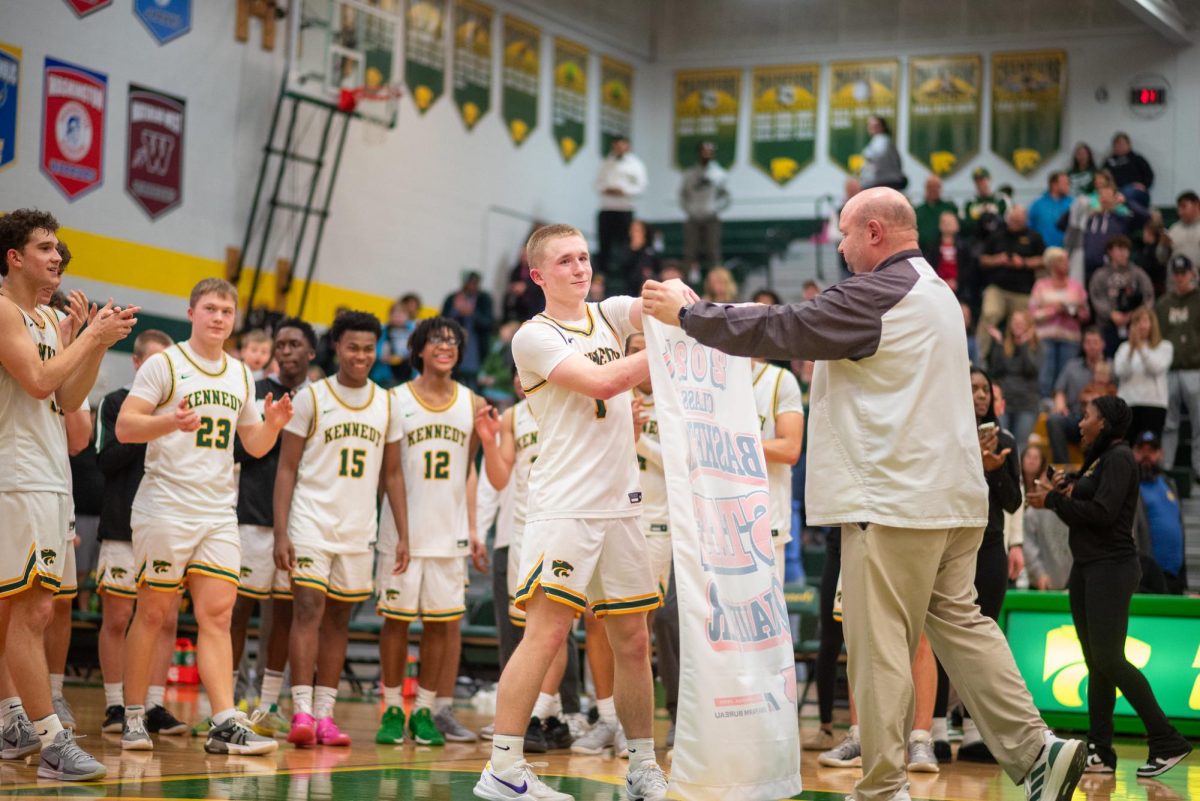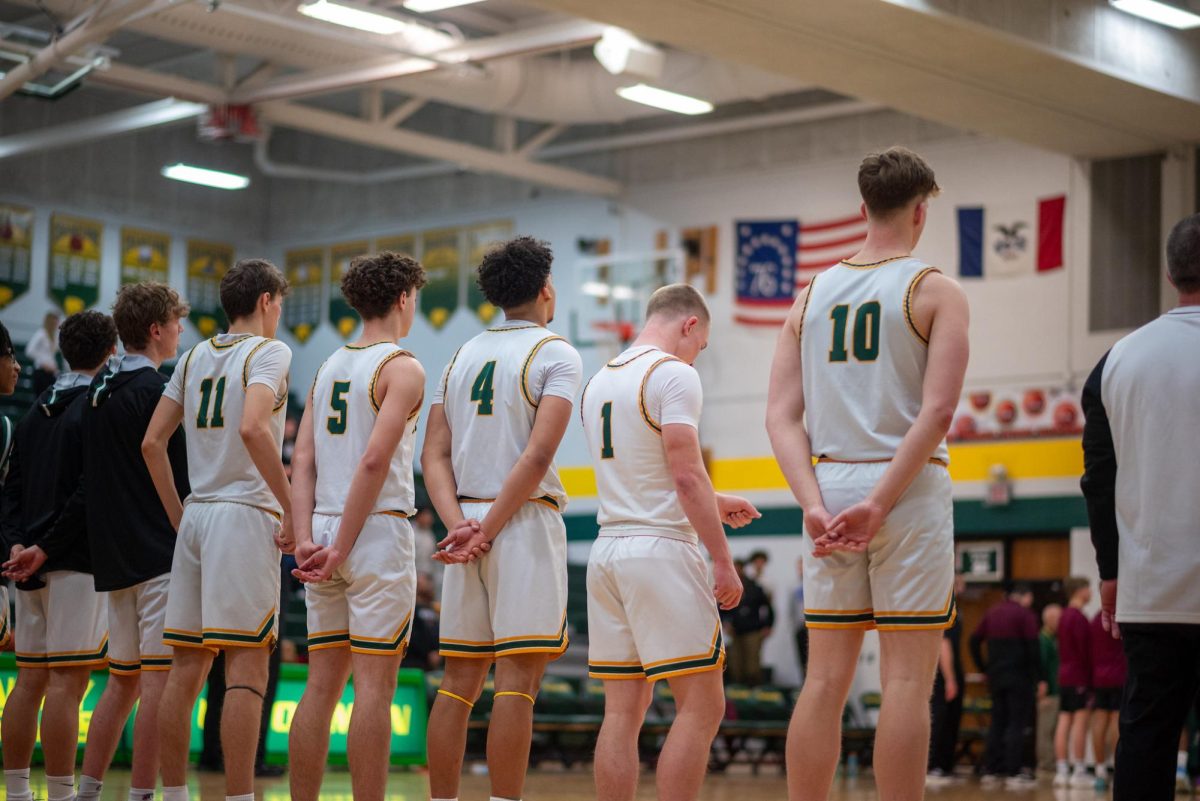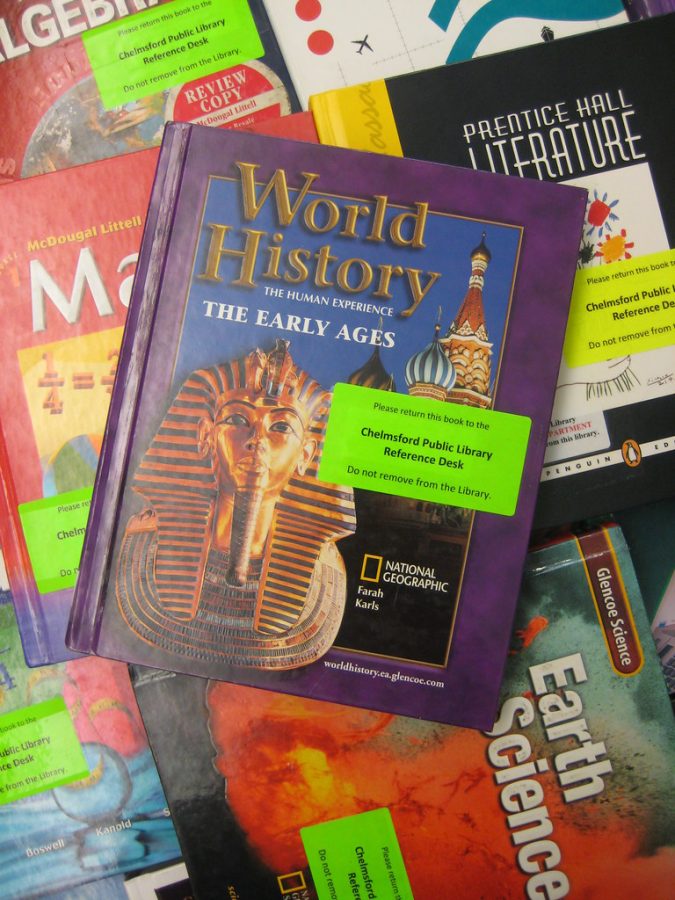AP World vs. AP Euro
Students wond if they should take AP World of AP Euro.
May 18, 2022
As the school year comes to an end and students start preparing for finals and the coming school year, one big question comes up: what classes will I take next year? One of the choices sophomores have to make is to take AP World History or AP European History. For rising sophomores, it’s a hard decision to make as many don’t know the differences between the courses.
In AP World students study the economic, cultural, political and social changes that have shaped the world, while AP European students focus on Europe. In AP World students study history from circa 1200 CE to present day. Within the class students learn a variety of different topics including industrialization and global conflict. In AP European students study events from circa 1450 to the present such as the Renaissance and conflicts across Europe.
When you start AP World you’re given a packet called the Green Book with the key ideas of the course. In the end you’ll have a study guide that holds all the main points and key ideas needed for the AP exam. On average you’ll have to read about 10 pages per class period, and two to three assignments per week, which you’ll be given class time for. No major projects are given and minor projects are scarce.
“The tests did not weigh a whole lot, it was a lot of projects which I found easier,” said senior Angelina Madlock. “There were more projects and less tests. Plus a lot of assignments that were based on what you read or what you thought about it.”
Many students said that they chose AP World over AP European to get a broader history experience.
“Europe isn’t really the country of the world anymore like it used to be,” said sophomore Joshua Barker.
When asked to rate how difficult they found the class, Barker said “if you don’t have a lot of time I would say around an eight but if you have enough time then seven.”
In AP European there are nine units and they each take about four weeks to complete. It’s a fast paced class. Each unit is categorized by a set of notes based on the reading and two projects. It takes around six hours every two weeks to complete all of the assignments.
“It is an AP class so obviously it’s AP work. Our teacher Amanda Falck definitely teaches like an AP class. I’ve taken many AP classes and it is one of the harder classes,” said junior Ella Plehall.
The class also has “Fun Fridays” where their teacher, Falck, will bring in food and the class will do something fun.
“It’s a bit of work but the teacher makes it pretty fun…The workload is pretty heavy. We have like six or seven pages usually…other day due, with readings,” said sophomore Safal Bhattarai.
So while the workload is extremely heavy, the class itself isn’t that hard.
“Overall the class is an eight, the majority of that is just how much physical homework, there’s a lot of projects, definitely more project based than other classes,” said Plehall when asked to rate how hard the class was out of 10.
Before taking either one of these AP classes consider your interest in history and the workload you’re willing to take on. If both of these classes sound too difficult or you simply just don’t want the workload, remember regular World History is also available.

